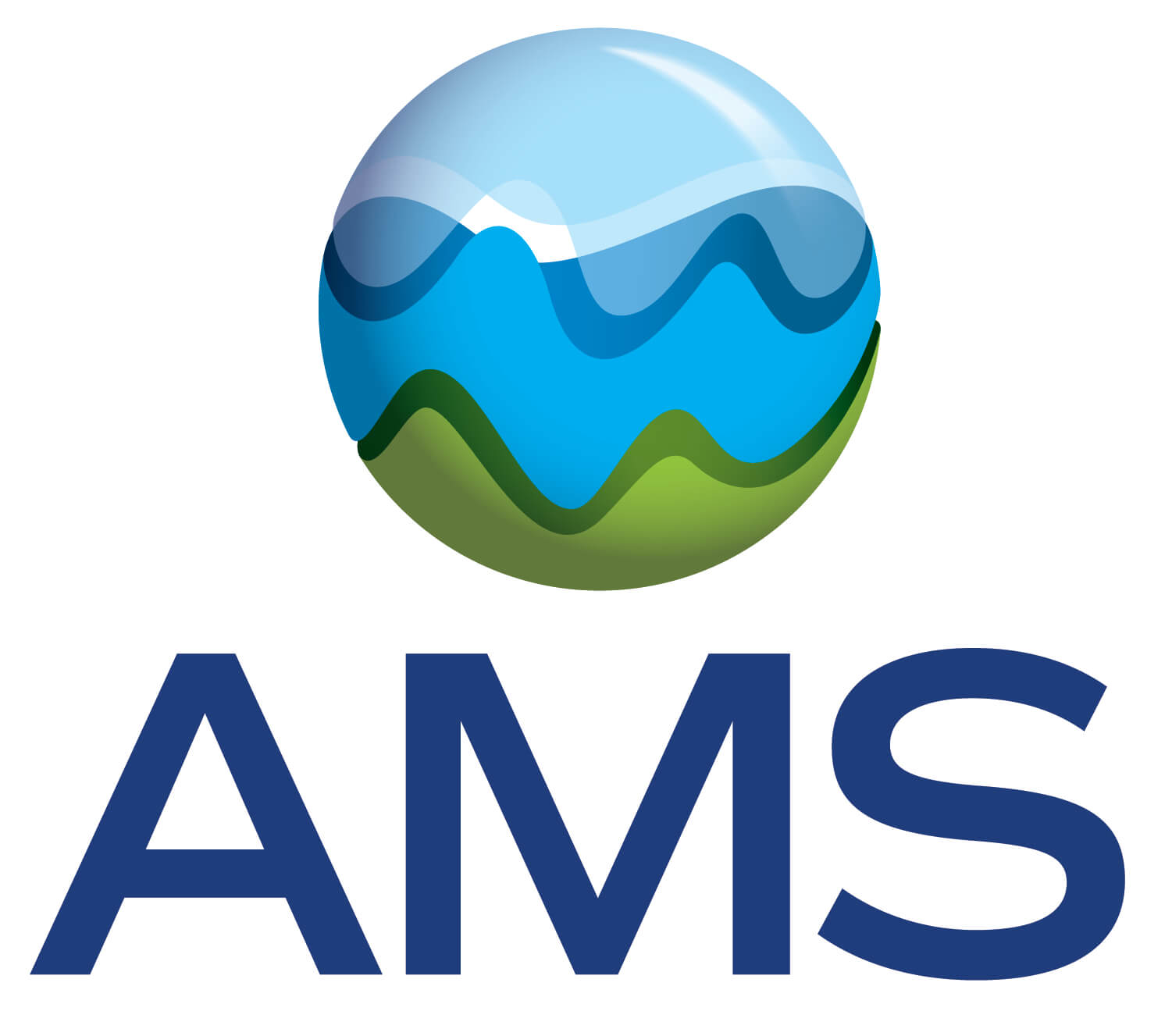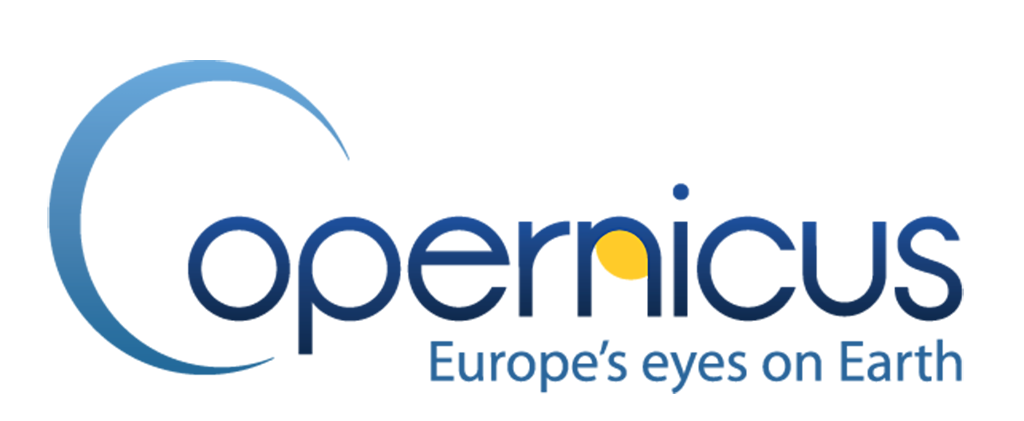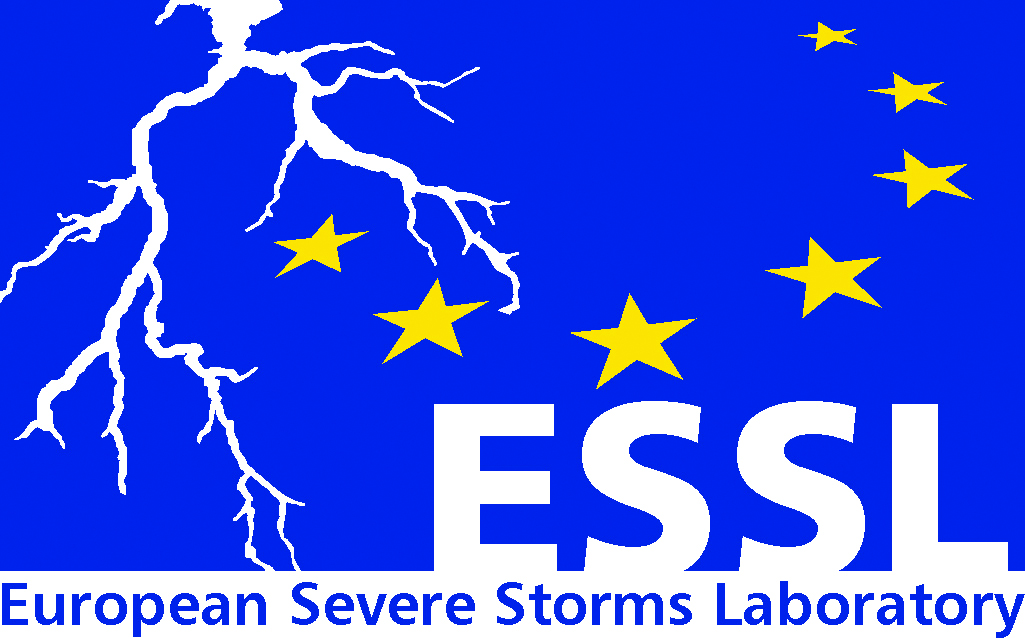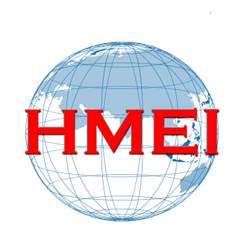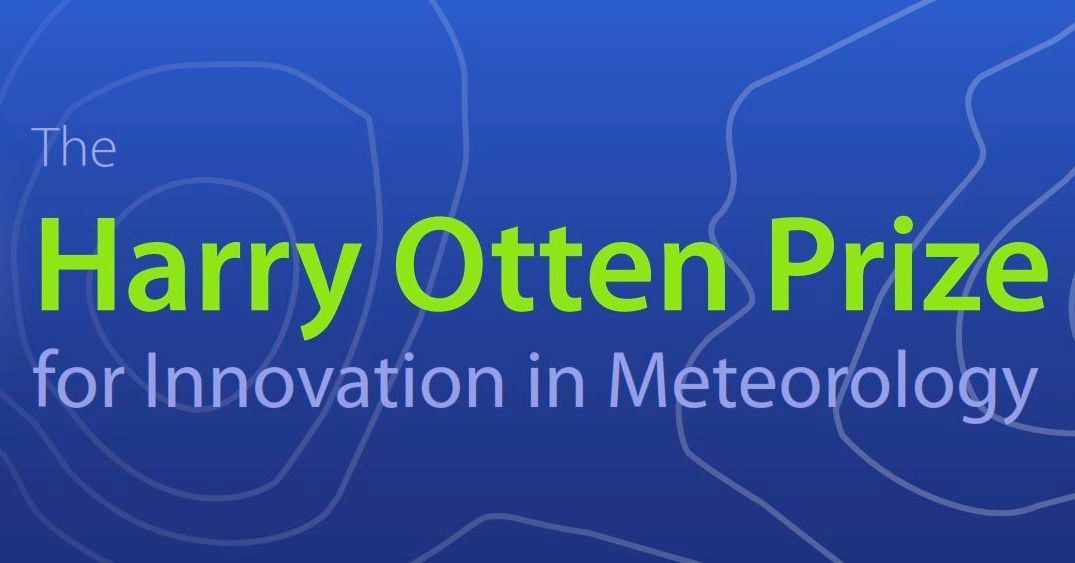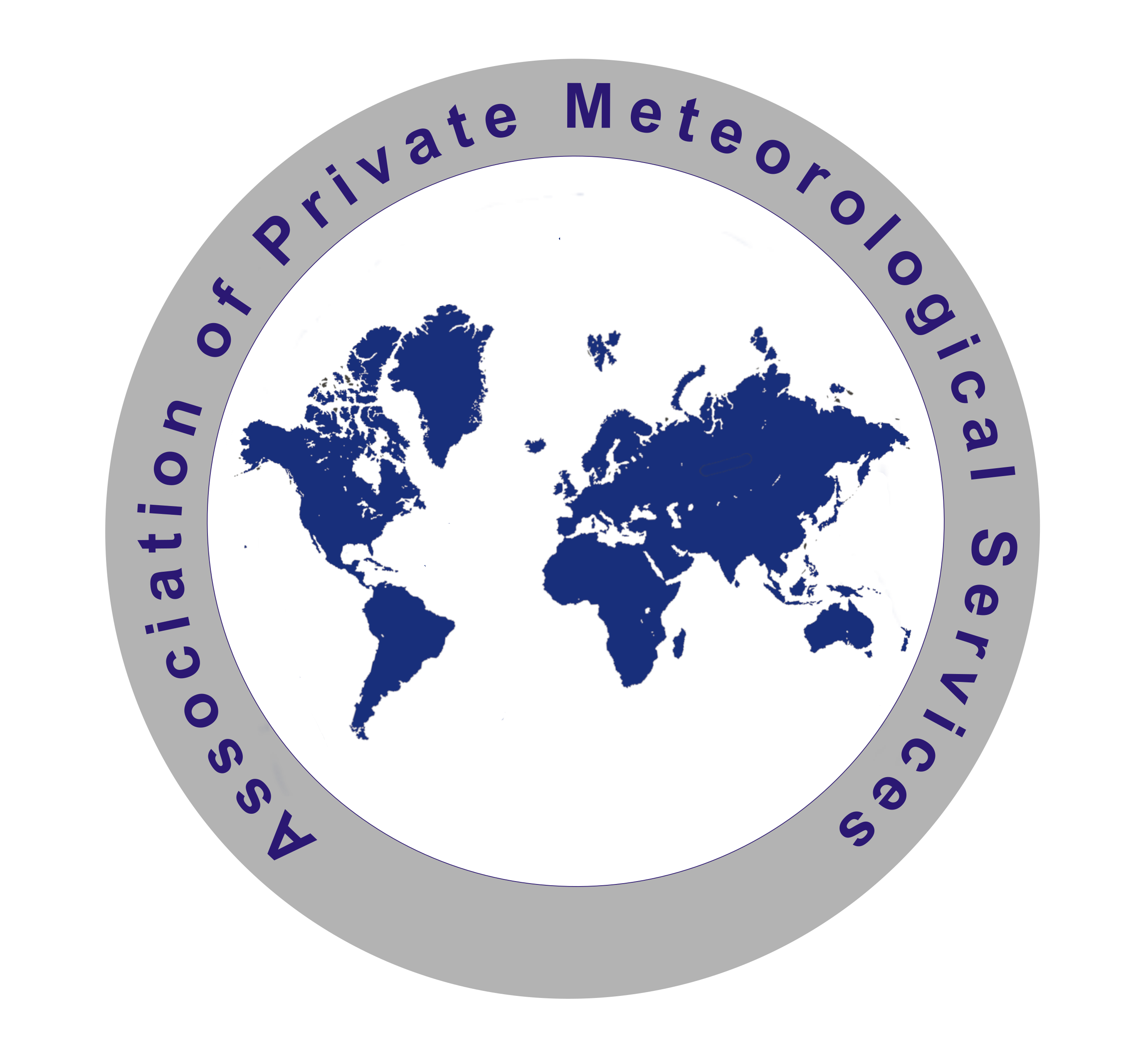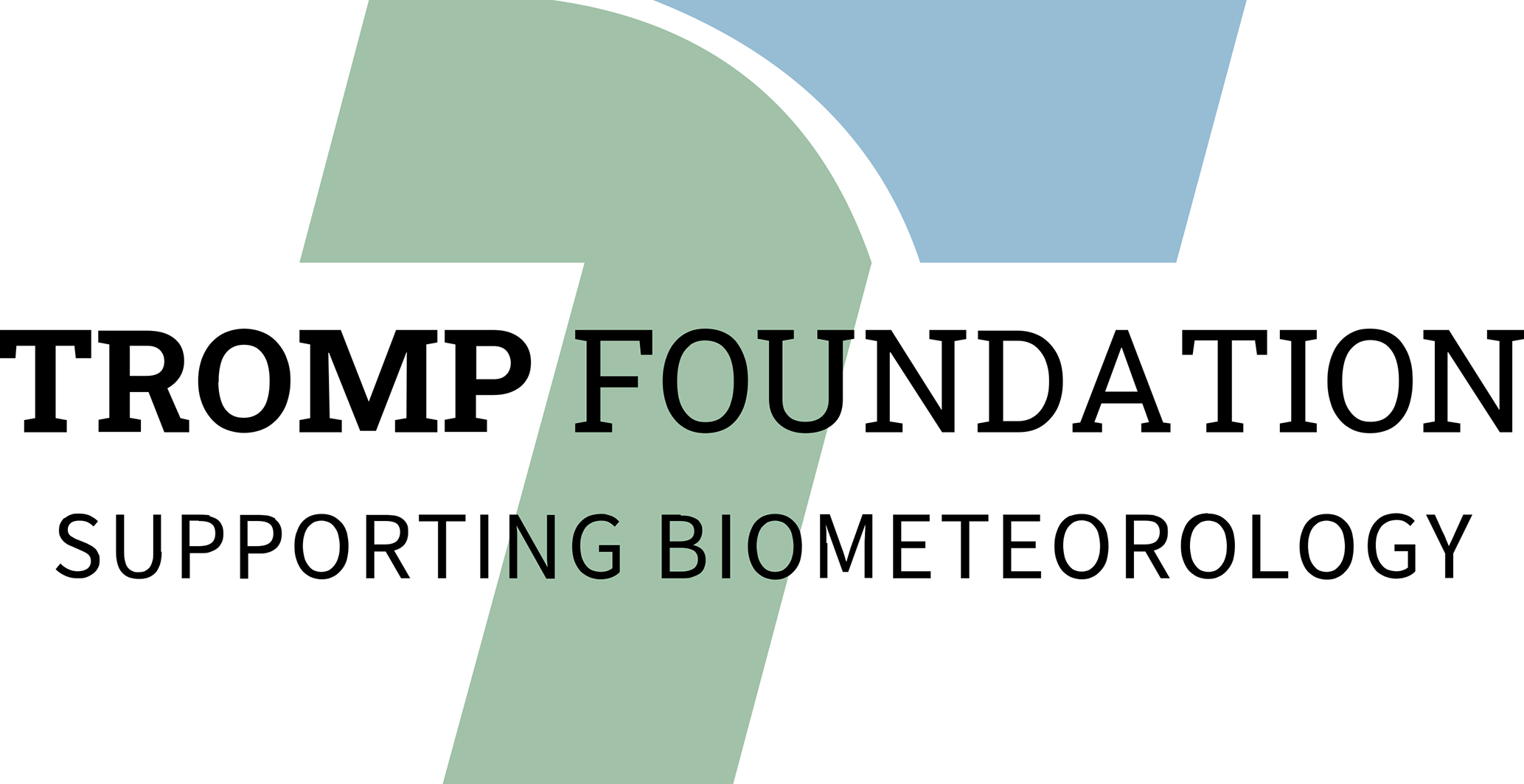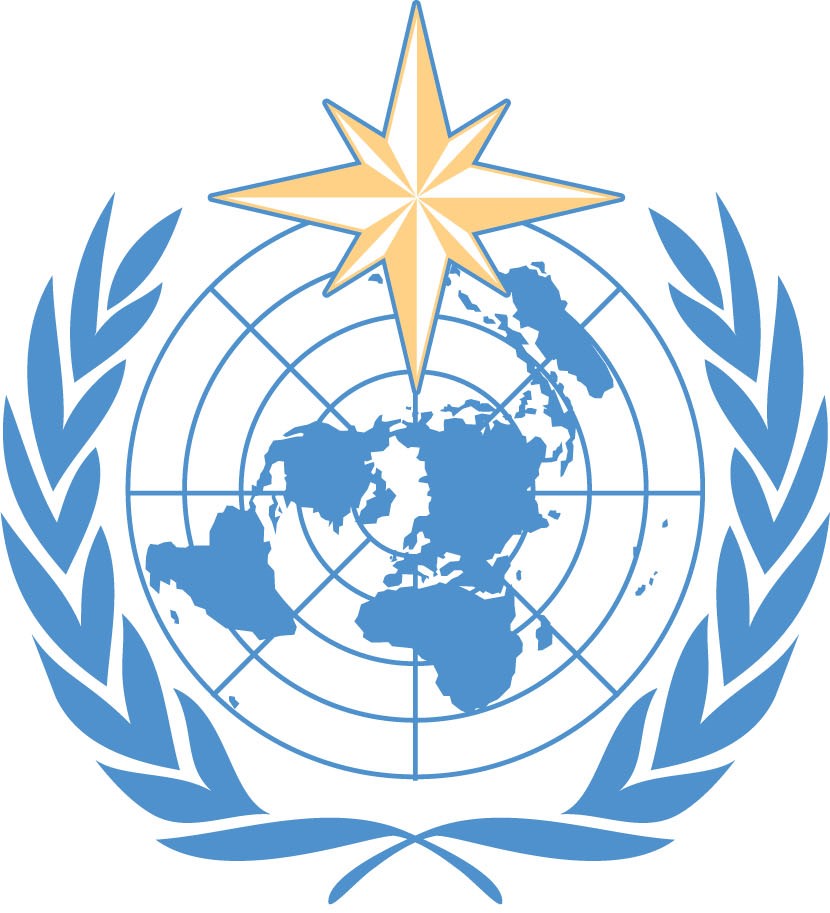I am truly humbled to be the recipient of the prestigious Silver Medal of the EMS. And I proudly accept it on behalf of all the fantastic people at ECMWF, Météo-France and in all the Met services and organisations around the world working in numerical weather prediction.This presentation will highlight some of the aspects that make Numerical Weather Prediction such a collaborative and inspiring area of work.
Numerical Weather Prediction is a rich field of activities: gathering observations from around the world, combining them with models, fitting a huge processing suite into large supercomputers, delivering the forecast data to the users. It is a complex process combining data, science, computing. And it is highly motivating because these numerical forecasts are then used in real-time by forecasters to save lives and properties, by broadcasters to inform citizens, by companies to optimise businesses. And in a way, this is the beauty of what we are doing in Meteorology. We all depend on each other to deliver what is needed by Society.
Just a few words about this collective endeavour and where I currently work.
ECMWF is the European Centre for Medium Range Weather Forecasts. If collaboration is at the heart of Numerical Weather Prediction, this is probably even more true from ECMWF. Why? Because it is an intergovernmental organisation where 35 states put their resources together, their brains together, to collectively achieve much more than what could be achieved individually. And of course, we do not do it in isolation, we also have a close cooperation with organisations around the world.
I will focus on the more scientific aspects of those 50 years ECMWF is currently celebrating.
Although the evolution of the forecasting system has been progressive in the last 5 decades, there have been some notable breakthroughs, sometimes disruptive, which enhanced the breadth and reach of our activities. I’d like to mention a few of particular interest.
The Ensembles first: realising that the value of forecasts is much larger if there is a proper estimate of their uncertainties, ensembles have been the method of choice to deliver forecasts, starting in 1992, and culminating recently, when the deterministic forecast became just one control forecast member of a global ensemble, at the same resolution.
The Use of satellite observations: building on the theory of optimal control, 4D-Var blends models and time-distributed observations. Combined with the use of satellite radiances rather than retrievals, and the advent of advanced satellite data at the end of the 90s, it brought a large improvement in the forecasts, especially in the Southern Hemisphere. Pioneering work continued in the following decades, notably with the increasing use of satellite data in cloudy/rainy conditions, then over all types of surfaces (land, sea-ice...) and producing an Ensemble Data system .
Reanalysis: developed in collaboration with prominent scientists from around the world, it is essential for documenting climate change and also of prime importance to produce re-forecasts and advanced forecast products. Today, with the advent of machine learning in weather prediction, reanalysis plays a critical role as learning basis of such models.
Earth System: Weather prediction is not any longer based solely on an understanding of the atmosphere. Today, our model runs a full Earth system for weather, which not only includes the atmosphere, but also the land, ocean, sea ice, atmospheric composition, and their interaction with each other.
Longer time ranges: as the quality of the models improved and they became coupled with other components of the Earth System such as the ocean, ECMWF has gradually tackled longer time-ranges, going from medium to seasonal and then sub- seasonal timescales.
Hybrid computing architectures: starting with our first supercomputer, the well-known Cray 1, installed in our headquarters in Reading In 1978 (the first Cray in Europe!), supercomputers have steadily increased in power and are now adopting hybrid architectures, with a mix of CPUs and GPUs. This requires us to completely revisit how we write our numerical codes, making them more portable and flexible.
In 2025, it is clear that the needs of society for accurate weather and climate monitoring information have never been greater. Reliable advance warning of weather events is essential for the protection of lives and properties, and environmental monitoring is a crucial input for finding appropriate adaptation and mitigation strategies. It is also evident that Machine Learning (ML) is a revolutionary technology that can be adopted by both big tech companies and organisations like ECMWF and academia.
I will also touch upon the benefit of field campaigns, with the example of the Concordiasi experiment led over Antarctica in the context of the International Polar Year and the THORPEX programme of the WMO. Leading this campaign, together with partners in the US and many institutes, as well as many colleagues at Météo-France has been one of the highlights of the work I performed there in the context of the optimisation of the use of the IASI data while working at Météo-France.
It is a fascinating time to be doing the work we do, where nations, continents, public and private sectors work together for the common good.
